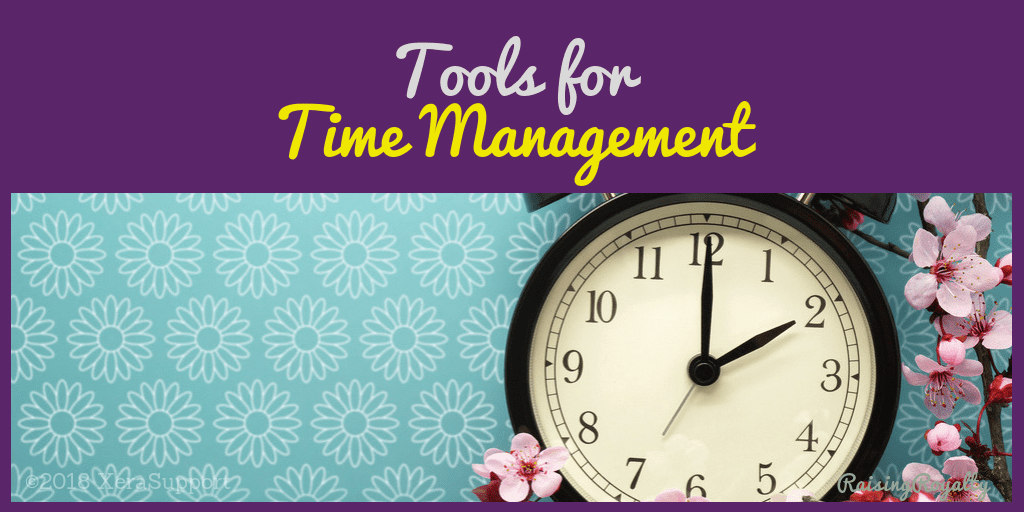

Most people, when they complain about their schedule, say they need more “balance” in their life. They claim they want better “work-life balance” or a more balanced lifestyle. But what they mean by “balance” is actually not balancing anything. When most people describe what they want, they’re actually looking for stability. And the truth is, stability — when everything stays the same and nothing changes quickly — isn’t possible. And what most people need is, in fact, to balance your time.
Let’s start by defining “Balance”.
Balance is “an even distribution” or “equal proportions”. It’s a “steady position”, according to the dictionary. The best example for the definition of balance is to think of a bicycle. In order to ride a bicycle, you have to stay balanced on it. But part of the challenge of learning to ride a bicycle is that balancing requires constant changes in position in order to keep from falling off. You have to keep shifting your weight to stay on the bike — that’s why we use training wheels to teach kids. And the easiest way to keep your balance on a bike is to keep moving forward.
The thing about riding a bike is that the faster you go, the easier it is to stay on. If you try to go slow, you’re more likely to fall. You have to work harder to stay on. And it’s very difficult to balance on top of a bike when it’s stopped. Nearly impossible.
Stability means “firmly fixed”.
In contrast to balance, stability refers to when something is unchanging and “firmly fixed”. It’s not going to overturn or give way to other things. It’s not moving.
Think of a building when you think of something stable. Short of a disaster, houses, office buildings and stores don’t move around. They stay in one spot, and it’s a lot of work to move it around. People, cars, animals and other moving objects tend to go around stable ones. And when buildings do get moved — because of wind, water or earthquake, they get damaged.
How does balance and stability apply to your time?
When we want to hold on to the status quo, to cling to stability and resist changes, it gets very difficult to manage your time. We tend to become control freaks, and we get stressed out when something goes even a few minutes over schedule. Oddly enough, trying to make our days “stable” will often result in chaos, and feeling even more out of control.
However, if you strive for a balanced schedule, then you can be a lot more flexible. You’ll make the changes needed to come back into balance when a meeting runs late, when there’s an unexpected interruption, or when someone shows up early. You can adjust for changes quicker, because there’s room to move.
When you balance your time, it can feel scary.
After all, there’s a lot of movement and adjustment when you’re trying to balance. And when you’re just starting out — just like learning to ride a bicycle — there can be a lot of falls. You might even get hurt.
But you don’t want to make the mistake of trying to hold on tighter, or slow things down. Remember, you really can’t balance a bike if it’s stopped moving. So if you try to control every moment of your day, all you’re going to do is give yourself a headache — and probably everyone else too!
However, once you figure out how to balance your time, you’ll actually be more in control than if you tried to cling to a stable schedule. You’ll find it’s less stressful to go with the flow, to make those adjustments on the fly than stressing over kids that don’t listen, partners that show up late, or unexpected illness or repairs.
Balance can be predictable.
When you learn how to balance your days and weeks, you can build in predictability without getting stuck in rigidity. This is the result of good routines and habits. Rather than trying to schedule every minute of your life, building good habits and routines will let you and your kids feel secure and know what’s coming next, no matter when the routine starts.
Routines don’t have to be tied to the clock, after all. They’re just a series of actions done in the same order every time — bath, pjs, brushing teeth, story & bed, for example, is a bedtime routine. Does it matter if you start the routine at 7 pm or 7:15 pm? Not really. As long as you do the same things in the same order, you can be flexible, if Grandma doesn’t leave till 7:15, for example. Maybe you shorten the bath by a few minutes, or pick a shorter story, to achieve balance. There’s room for that when you aren’t stressed about the time.
The secret to balance your time is to keep moving.
If you want a better balanced day, then you need to keep moving. You need to keep going and try to relax about the to-dos on your list. And, oddly enough, the more there is to do, the faster you go — the easier it is!
What does this look like practically?
Meet Jessie. She’s a young mom with 2 young kids. She’s stressed out because there’s laundry, dishes, daycare, and work at her job as a manager at a retail store is just piling up. She tries to keep it all straight with a detailed to-do list, and gets up at 5 am to clean and do laundry before her kids get up. Her partner works full time as well, and helps out, but there just never seems to be enough time to handle the basics, no matter how she attempts to schedule her days. She’s burning out and exhausted already, so is it any wonder that getting the news that her toddler just threw up at daycare makes her want to scream?
Sound familiar? Jessie is a classic “craving stability” type mom. She has a detailed schedule, down to the minute! but it’s instantly derailed when the baby needs a last-minute diaper change before headed out the door. She’s stressed out, and so is everyone else.
So how do we change this? How do you balance your time?
First, evaluate what’s important and what’s urgent.
Take a realistic look at your season of life, and what stresses you out the most about your current lifestyle.
For Jessie, she’s a busy young mom with a job, a house, and two young kids! Most young moms don’t realize how much energy caring for preschoolers, toddlers and infants really takes. And we don’t give ourselves credit for it. So Jessie needs to realize that her young kids take more time than she’s leaving room for — and that she’s still physically recovering from pregnancy and babies.
Her biggest stressors are the paperwork at her job and laundry mountain at home. But her partner doesn’t like coming home to dishes in the sink either, so she constantly feels pressured to keep the kitchen clean, even when that doesn’t really bother her.
For Jessie, her “important” list includes leaving more room for her kids in her day, not having piles of laundry to do, and having brain space to handle the important paperwork at her job.
Second, figure out what you need or want to do yourself, and what you need help with.
Don’t be afraid to ask for help!
For Jessie, when she realizes that vacuuming the carpets every day, having kid toys out, and being a few minutes late to daycare isn’t a problem for her, she makes a few changes. She arranges with work and daycare to change her start & end times, and she trades off chores with her partner. He now handles the floors, kid toys, clutter and putting away clothes on the weekends, and they both invest in a dishwasher!
Third, create room for the unexpected in your daily routines.
You can’t have balance if you don’t have room to move!
In our example, Jessie let go of certain chores and changed her timing on some of her activities. She now has a less rushed morning, so now she’s sleeping better — and even sleeping longer! Since she’s not constantly trying to tidy up the clutter from kids every day, she has more room for playing with her kids, for going for walks and even working out. And since she’s less stressed at home, she has more mental energy for work, which means that paperwork on her desk doesn’t take as long, and her co-workers enjoy working with her more now.
When you balance your time, it means you have to constantly adjust.
At first glance, the idea of constant adjustment can feel like so. much. work! But it’s much less work than trying to control and track every single detail of your life. What it really means is that you’ll set up your life to leave room for adjustment, you’ll be deliberate in your choices about what’s important and what’s not, and you prioritize what’s truly important to you — and let go of the rest.
Are you like most people, in claiming what you want is to balance your time but meaning stability? Trying to keep everything the same so you can feel in control? Burning yourself out? Try choosing real balance and letting go of what’s not important. Leave room for life to happen, and watch life get better!




